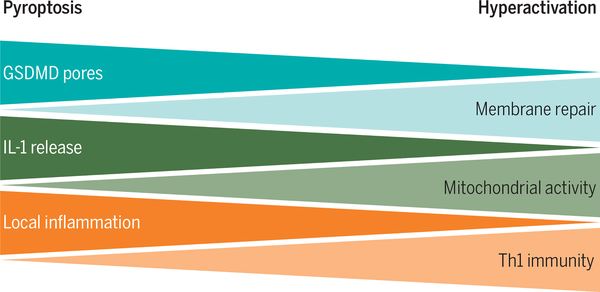Fig. 3. A working model to explain the cellular and physiological consequences of inflammasome-dependent GSDMD activity.
Within cells that contain inflammasomes, GSDMD is cleaved to form membrane pores. If these pores are formed in high abundance, membrane repair pathways are unable to repair them, and pyroptosis results. Pyroptotic cells release a large bolus of IL-1β at the time of lysis, which results in a strong local inflammatory response. However, the death of the responding cell limits its ability to participate in later immunological events, and consequently, pyroptosis-inducing stimuli are poor at inducing T cell–based adaptive immunity. When GSDMD pores are formed in low abundance, membrane repair pathways can remove them through exocytosis, endocytosis, or both. Some pores persist over time, resulting in the long-term release of IL-1β and the viability of the responding cell. The ability to survive GSDMD pores renders responding cells capable of participating in subsequent immunological events, which render these cells hyperactive, in terms of the ability to stimulate adaptive immunity. Credit: A. Kitterman/Science Immunology

